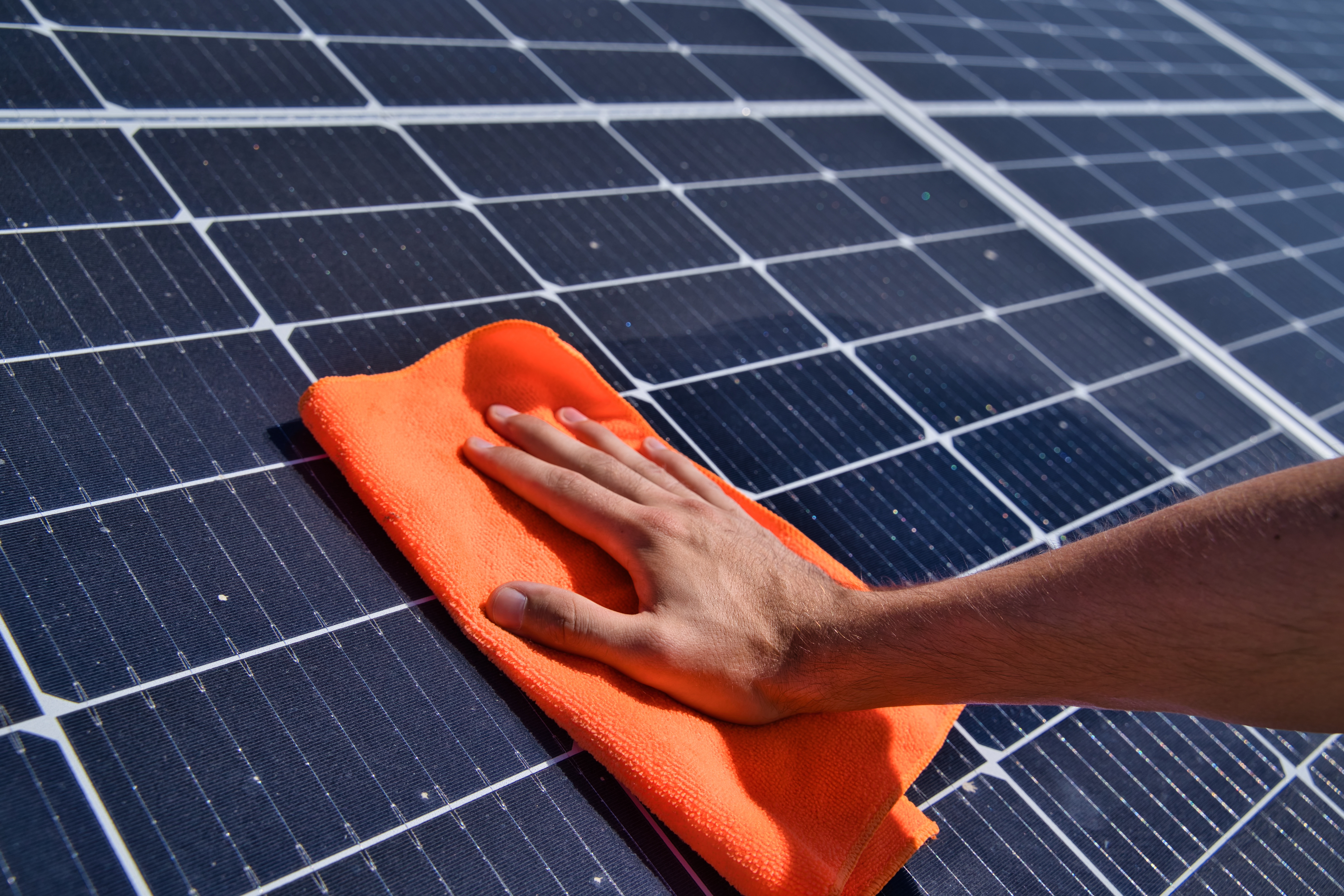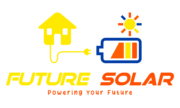Residential

By choosing to install solar through Future Solar you choose:
- By choosing to install solar through Future Solar you choose:
- Clean Energy Council Accredited Installer.
- Clean Energy Council Accredited Solar Designer.
- Accurate calculations and project rundowns on your potential return on investment.
- An honest, open, and upfront business. No hidden tactics = no nasty surprises.
- A great team with industry leading knowledge.
- Your system will be compliant to all relevant safety standards and guidelines.
- Guaranteed performance of your commercial solar system.
- Ongoing post installation support
- Amazing parts, product, and installation warranties.
Solar Rebates
There are two ways you can recoup some of the costs of setting up and maintaining your rooftop solar and battery system. The first way is through government rebates, which can contribute to the cost of purchasing and setting up your system, depending on where you live and what programs are available. Once you have your system installed, the second way is by selling some of the electricity you generate back into the grid, which is called a feed-in tariff.
The Small-scale Renewable Energy Scheme (SRES) provides a financial incentive for individuals and businesses to install small-scale renewable energy systems such as rooftop solar, solar water heaters and heat pumps. This occurs in the form of small-scale technology certificates (STCs), which are issued up front for a system’s expected power generation (based on its installation date and geographical location) until the SRES expires in 2030.
The price of STCs changes according to market conditions. The total level of subsidy you receive will depend on several factors, including the location and size of the solar system and the price of STCs at the time the system was installed.
More comprehensive information about how STCs are calculated and what you can expect in return is contained in our Guide to Installing Solar for Households and via the Clean Energy Regulator.

COSTS
The cost of installing a solar system can vary widely and is affected by a range of factors from where you live, the retailer or installer you choose, the warranties available, and the technology and size of your system.
The major factors which will affect the price of a solar system are:
- government rebates and incentives
- contractor installation costs
- type and number of panels
- type and size of inverter
- type of system components, height and accessibility of roof and whether it is tiled or metal
